Key Highlights
- Amazon FBA wholesale allows sellers to resell branded products with Amazon handling fulfillment, returns, and customer service.
- Wholesale offers faster startup, lower risk, and access to high-demand branded products compared to private label or dropshipping.
- Top methods to find reliable suppliers include using Google search operators, checking manufacturer websites, attending trade shows, and analyzing competitors.
- Recommended wholesale supplier directories include SaleHoo, Faire, Worldwide Brands, Wholesale Central, and ThomasNet.
- Key steps for selling wholesale on Amazon: product research, supplier vetting, documentation, competitive listing, and choosing the right fulfillment method.
- Logistics optimization includes using Amazon-partnered carriers, prep centers, and drip-feeding inventory to avoid storage fees and stockouts.
- Tools like Jungle Scout, Helium 10, and SoStocked help analyze product demand, manage inventory, and vet supplier catalogs.
- Wholesaling is fully allowed on Amazon if sellers follow sourcing policies and sell products from authorized suppliers.
- Need help scaling your Amazon wholesale business? beBOLD Digital is your full-service partner, from strategy to store optimization.
Finding reliable Amazon wholesale suppliers can make or break your Amazon business, especially in 2025’s ultra-competitive market. If you're looking to scale with quality products, better inventory management, and smart product research, this guide is for you. According to Jungle Scout’s State of the Seller Report, 18% of sellers who resell wholesale products on Amazon enjoy profit margins between 26% to 50%, proof that wholesale is a profitable business model when done right. In this blog, you’ll learn how to find the best wholesale suppliers and build a product line with better inventory management, competitive pricing, and reliable order fulfillment.
What Is Amazon FBA Wholesale & Why It Matters?
Amazon FBA wholesale is a popular business model where sellers purchase bulk quantities of branded products from authorized wholesale suppliers at wholesale prices, then resell them on Amazon through the Fulfillment by Amazon (FBA) program. With FBA, Amazon handles storage, order fulfillment, shipping, and customer service, making it easier for sellers to scale.
In the Small Business Empowerment Report, Amazon states that since 2006, sellers have shipped over 80 billion units through Fulfillment by Amazon, a clear sign of the model’s massive reach and reliability.
So, what makes Amazon FBA wholesale such an attractive choice for sellers in 2025? Let’s break down the key advantages.
- Lower Risk: Unlike private labels, you’re selling known brands with existing demand.
- Faster Start: No need to create your own product or packaging; just source, list, and ship via FBA.
- Scalability: With the right supply chain and inventory management, you can quickly expand into various categories like home goods, pet supplies, or consumer electronic accessories.
- Reliable Fulfillment Services: With FBA handling fast shipping, returns, and customer service, your operations become more hands-off.
While these advantages make the Amazon wholesale business appealing, it’s important to understand how it stacks up against other common Amazon seller models like private label, retail arbitrage, and dropshipping. Here's a quick breakdown:
|
Model |
What You Do |
Pros |
Cons |
|
Wholesale |
Buy branded products in bulk from authorized distributors |
Trusted brands, fast scaling, FBA eligible |
Requires capital, competition from other sellers |
|
Private Label |
Create and brand your own products |
High margins, brand control |
Higher risk, long lead time, requires product research |
|
Buy discounted products from local stores and resell them |
Low startup cost |
Time-consuming, inventory limits |
|
|
Dropshipping |
List products from suppliers; the supplier ships directly to the buyer |
Low overhead, no inventory |
Low margins, shipping delays, and poor order fulfillment control |
Still deciding between wholesaling and selling directly on Amazon? Explore the pros and cons of each model in our detailed breakdown here.
How to Find Wholesale Suppliers for Amazon FBA?

Whether you're a beginner or looking to expand your product line, knowing where and how to source quality products at competitive wholesale prices can give you a serious edge. Below are some of the most effective strategies to locate the best Amazon FBA suppliers in 2025.
1. Google & Manufacturer Websites
Don’t underestimate the power of Google when searching for wholesale distributors. But instead of generic searches, use advanced search phrases like:
- "brand name" + "authorized wholesale distributor"
- "product category" + "wholesale supplier USA"
- "manufacturer" + "bulk purchase for resellers"
Once you find a potential supplier, verify legitimacy by checking:
- Their business license or reseller certification.
- Online reviews and Better Business Bureau (BBB) ratings.
- Minimum order requirements and fulfillment capabilities.
Also, visit the manufacturer's websites directly. Many list official distributors or provide forms to apply as a wholesale partner, a trusted way to avoid middlemen and inflated costs.
2. Online B2B Marketplaces & Wholesale Directories
B2B marketplaces are a goldmine for discovering wholesale suppliers across various industries. Be sure to:
- Check MOQ (minimum order quantity)
- Compare shipping timelines
- Evaluate supplier responsiveness and communication
3. Google Maps & Local Suppliers
Sometimes the best wholesale opportunities are in your own backyard. Use Google Maps to search for terms like:
- “wholesale suppliers near me”
- “bulk distributors in [city/state]”
- “wholesale general merchandise Central Florida”
Sourcing locally comes with major benefits:
- Faster restocks and shipping times
- Reduced shipping costs
- Opportunities for face-to-face relationships and on-site visits
- Easier resolution of issues due to proximity
Bonus tip: Visiting local warehouses or regional suppliers allows you to inspect product quality in person before placing a large order.
4. Trade Shows & Industry Events
Trade shows remain one of the most powerful ways to find legitimate Amazon wholesale suppliers. They give you the chance to:
- Meet suppliers face-to-face
- See product samples firsthand
- Negotiate pricing, terms, and MOQs on the spot
- Discover upcoming trends in your niche
Bring business cards and be ready to talk about order fulfillment, pricing structures, and wholesale terms.
5. Competitor Analysis & Referral Networks
One of the smartest ways to find winning suppliers? Reverse-engineer your competitors.
Here’s how:
- Use tools like Jungle Scout, Keepa, or Helium 10 to analyze ASINs.
- Check product packaging or inserts for supplier info.
- Look up seller storefronts and cross-reference product details.
- Join Facebook groups, Reddit forums, or LinkedIn communities where Amazon FBA sellers share supplier experiences.
Referrals from trusted seller networks can often lead to high-performing Amazon FBA wholesale suppliers that don’t show up in public directories.
5 Key Steps to Start Sourcing and Selling Wholesale Products on Amazon

Now that you’ve committed to selling wholesale on Amazon, it’s time to build a strong sourcing strategy. These five key steps will help you go from product selection to fulfillment, with a focus on compliance, profitability, and long-term success.
Step 1 – Decide What (and How Much) to Sell
The first step in building your Amazon wholesale business is to identify profitable products and estimate your ideal order volume. Use tools like Amazon Best Sellers and Product Opportunity Explorer to explore trending niches, analyze competition, and forecast demand across various categories like home goods, pet supplies, or consumer electronics.
Make sure to:
- Check for category restrictions or brand gating; some items require Amazon’s approval before listing.
- Review minimum order quantities (MOQs) from suppliers to determine upfront investment.
- Consider wholesale discounts, storage space, and inventory turnover to ensure healthy profit margins and avoid overstocking.
Step 2 – Find, Evaluate & Vet Wholesale Suppliers
Once you’ve identified what to sell, the next critical step is finding and vetting the right wholesale suppliers for your Amazon FBA business. Start by sourcing leads from trade shows, B2B directories, referrals, or even direct manufacturer outreach. But don’t stop at discovery; validation is essential.
Ask each supplier for:
- Business licenses, tax IDs, and authorization letters (for branded products).
- Product samples to assess quality, packaging, and compliance.
- Clear details on unit pricing, shipping timelines, and return policies.
Always check online reviews, request client references, and ensure they’ve worked with Amazon sellers before. This combined approach protects your business from poor-quality goods, counterfeit risks, and fulfillment delays. A vetted supplier is the backbone of a scalable and trustworthy Amazon wholesale operation.
Step 3 – Document Purchases and Get Approval
To stay compliant on Amazon, it’s essential to collect proper documentation when sourcing wholesale products. Always request itemized purchase invoices or brand authorization letters from your suppliers, especially if you're selling gated or trademarked items.
Ensure invoices include:
- Supplier’s name, address, and contact details
- Your name and business information
- Order date, quantity, and product descriptions
Keep these records organized and accessible. Amazon may request them to verify authenticity, especially for brand approvals or account audits.
Step 4 – List Products and Set Competitive Prices
Once your products are ready, list them on Amazon using their GTINs (UPC, EAN, or ISBN). If the item already exists, match your offer to the existing listing. If not, create a new detail page with accurate product info.
You can:
- Use individual uploads via “Add a Product”.
- Or go with bulk uploads using inventory files for larger catalogs.
Next, use Amazon’s Revenue Calculator to estimate profits after FBA fees, and activate the Automate Pricing tool to stay competitive and win the Buy Box without sacrificing margins.
Step 5 – Process Orders and Manage Fulfillment
Once your products are listed, you need to decide how to fulfill orders efficiently. Choosing the right fulfillment method impacts everything from shipping speed to customer satisfaction. Check out the table below to understand the different fulfillment options:
|
FBA (Fulfillment by Amazon) |
Amazon handles storage, shipping, returns, and customer service. Ideal for scalability. |
|
FBM (Fulfilled by Merchant) |
You manage fulfillment independently. More control, but more responsibility. |
|
AWD (Amazon Warehousing & Distribution) |
Great for large-scale, multi-channel inventory management. |
|
Compliant Dropshipping |
Allowed if you're the seller of record and follow Amazon’s strict dropshipping policies. |
Once you've chosen the method that fits your business model, it's essential to follow fulfillment best practices to ensure smooth operations and a positive customer experience.
- Plan ahead for peak seasons, like holidays or Prime Day, to avoid stockouts.
- Prioritize shipping speed, tracking, and responsive customer service.
- Ensure your process aligns with Amazon’s fulfillment policies to avoid violations or account issues.
Choosing the right method and staying compliant ensures smooth order processing, happy customers, and long-term success on Amazon.
Top 5 Wholesale Supplier Sources for Amazon FBA

Finding the right wholesale supplier can make or break your Amazon FBA wholesale business. The five sources below are trusted by thousands of sellers and offer everything, helping you scale efficiently and reduce sourcing risks.
1. SaleHoo

SaleHoo is a wholesale and dropshipping directory that connects sellers with vetted suppliers across the U.S., U.K., and Australia. It’s ideal for new Amazon sellers looking for safe, trustworthy sourcing.
Key Features / Offerings:
- 8,000+ verified suppliers
- Market research lab for product trends
- Supplier performance ratings
- Dropshipping and wholesale sourcing options
- Dedicated support and training
Pricing: $299/year or $1699 one-time lifetime access.
2. Wholesale Central

Wholesale Central is one of the oldest and most trusted free B2B directories for United States-based wholesale distributors, manufacturers, and importers. It’s ideal for sourcing general merchandise and bulk inventory across various industries.
Key Features:
- 1,400+ verified U.S. suppliers
- Wide range of categories (electronics, home goods, apparel)
- Direct contact with suppliers (no middlemen)
- No membership or sign-up required
Price: Free to use
3. ThomasNet

ThomasNet is one of the best wholesale suppliers for Amazon FBA, ideal for those looking to source products domestically and customize private label items. Great for B2B and Amazon wholesale sellers who prioritize fast shipping and U.S.-made products.
Key Features:
- Focused on U.S.-based manufacturing
- Custom product development options
- Filters for certifications, minority-owned businesses, and more
- Free supplier matching service
Price: Free to use
4. Faire

Faire connects online sellers with unique, independent U.S. brands, making it a go-to for sellers focused on niche, trendy, and high-quality products like home decor, pet goods, and handmade items.
Key Features:
- Curated selection of U.S. artisan and boutique brands
- Net 60 payment terms
- Free returns on first orders
- Personalization options and brand storytelling
Price: Free to sign up; wholesale pricing set by each brand
5. Worldwide Brands

Worldwide Brands offers a massive directory of certified wholesale suppliers and dropshippers, all based in North America. Known for its strict verification process, it’s ideal for sellers who want to reduce supplier risk and access a wide variety of products.
Key Features:
- 16+ million certified products
- One-time access to a lifetime directory
- Updated weekly with new suppliers
- Filters for dropshipping and bulk options
Price: Free to use.
Logistics: From Supplier to Amazon FBA

Efficient logistics are key to getting your products from the supplier to Amazon FBA quickly, compliantly, and cost-effectively. Here's how to streamline the process:
1. Shipping Options & Optimization
When it comes to transporting goods from your supplier to Amazon FBA, your shipping method can affect timelines, costs, and compliance:
- Direct-to-FBA: Ship straight from the supplier to Amazon if prep standards are met, faster, but riskier.
- Freight Forwarders: Ideal for international shipping; helps with customs, compliance, and last-mile delivery.
- Middleman Warehouses: Consolidate, inspect, or relabel products before sending to FBA.
Tip: Use Amazon Partnered Carrier or Global Logistics for FBA-ready discounted shipping.
2. Prep Centers & 3PL Integration
Getting your products FBA-ready involves more than just shipping. Prep centers and third-party logistics providers (3PLs) ensure every unit meets Amazon’s strict guidelines:
- Prep Centers: Handle labeling, bundling, and inspection for FBA compliance.
- 3PLs: Offer broader logistics support, inventory syncing, and custom services.
- Automation: Many 3PLs integrate directly with Seller Central for seamless order flow.
3. Managing Inventory & Drip Feeding
Effective inventory management helps avoid excess storage fees, stockouts, and poor seller metrics:
- Avoid Overstocking: Use restock tools and forecasting to reduce storage fees and maintain IPI.
- Drip Feeding: Send smaller, frequent shipments to stay agile and prevent inventory aging.
- Track Metrics: Monitor sell-through rates and stranded inventory to keep performance strong.
10 Tools & Services to Accelerate Sourcing

To streamline your wholesale sourcing process on Amazon, leveraging the right Amazon seller tools is essential. From product research to profitability analysis and inventory forecasting, these tools help you make faster, data-driven decisions. Here are 10 powerful tools every Amazon wholesale seller should consider.
1. Amazon Product Opportunity Explorer

Amazon’s own research tool offers direct insights into customer demand, search volume trends, and market gaps. You can explore niche segments based on buyer behavior and sales data, helping you spot products with untapped potential. Amazon Product Opportunity Explorer is especially useful for wholesale sellers who want data-backed decisions without needing third-party tools.
2. Jungle Scout

Jungle Scout is a comprehensive product research suite that helps you analyze product trends, estimate sales, and calculate potential profits. Its Opportunity Finder feature allows you to filter by competition, price, and demand to uncover high-margin wholesale products. Great for both beginners and advanced sellers looking for profitable niches at scale.
3. Helium 10

Helium 10’s Black Box and Trendster tools make it easy to find high-demand, low-competition products. You can analyze historical trends, seasonality, and profitability while filtering by seller type, price, review count, and more. It’s especially useful for wholesale sellers wanting to stay ahead of shifting product demand.
4. Keepa

Keepa tracks the historical price, sales rank, and offer count for millions of Amazon products. This Chrome extension helps sellers avoid price wars and identify long-term stable products. Wholesale sellers can use it to verify product consistency, identify seasonal dips, and better time their inventory planning.
5. Scan Unlimited

Scan Unlimited helps Amazon sellers turn bulky distributor or wholesale price lists into actionable insights. Upload your supplier’s CSV files and instantly analyze ASINs for ROI, competition, and restrictions. Its fast filtering and sorting capabilities make it an essential tool for wholesale sellers managing large product catalogs.
6. RevSeller

RevSeller is a lightweight Chrome extension that instantly displays critical data, like ROI, net profit, FBA fees, and product restrictions, right on Amazon product pages. It helps wholesale sellers vet products quickly while browsing, making real-time sourcing decisions much easier without needing to switch tabs or use spreadsheets.
7. Tactical Arbitrage

Tactical Arbitrage offers advanced analysis tools that let you bulk-upload supplier catalogs and identify profitable items to resell on Amazon. Its Wholesale Analyzer function reviews ROI, sales rank, competition, and Amazon fees. Ideal for serious wholesale sellers working with large distributor lists and complex pricing tiers.
8. AMZScout PRO Extension

AMZScout’s PRO Extension provides real-time data on any Amazon product, including FBA fees, sales volume, and competition analysis. You can evaluate profit margins and see how each product performs historically. This is especially useful for wholesale sellers looking to validate the consistency of high-volume ASINs.
9. SoStocked

SoStocked is an advanced inventory management and forecasting tool designed for Amazon sellers. It helps wholesale sellers plan reorder quantities, avoid stockouts, and maintain a strong IPI (Inventory Performance Index) score. With demand forecasting and lead-time planning, SoStocked ensures smarter sourcing and leaner inventory management.
10. FBAMaster

FBAMaster's OAXRay scans wholesale websites and supplier spreadsheets to flag potential winners based on custom filters like ROI, rank, and profit. It speeds up product analysis by displaying relevant data right within your browser. Wholesale sellers can use it to quickly evaluate product catalogs and avoid manual research.
Fuel Your Amazon Wholesale Strategy with beBOLD Digital
Succeeding in the world of Amazon requires more than just great products; it takes smart strategies, reliable fulfillment, and data-backed decisions. At beBOLD Digital, we help online retailers and Amazon wholesalers navigate sourcing, inventory, and brand growth with precision. Whether you're just starting or ready to scale, our proven systems and deep industry insights put your ecommerce business on the fast track to profitability.
Ready to build a smarter, scalable Amazon FBA wholesale strategy? Book a call and let’s build your brand boldly.
Frequently Asked Questions
What qualifies as a wholesale supplier on Amazon FBA?
A wholesale supplier provides branded products in bulk at wholesale prices to Amazon sellers for resale. They’re typically authorized distributors or brand owners who offer the best products in categories like home essentials or consumer electronics, helping online retailers scale in the world of Amazon.
How do I find reliable suppliers in the USA?
Use verified directories like SaleHoo or ThomasNet, attend trade shows, or contact brand owners directly. Look for suppliers with strong reviews, transparent pricing, and free shipping options. Avoid poor communication and always verify licenses to ensure a strong start to your ecommerce business.
Is it better to source domestically or overseas?
Domestic sourcing is a good option for fast shipping, better communication, and easier returns, key for Amazon FBA. Overseas sourcing, while often cheaper, may involve delays and quality risks. For Amazon wholesalers, U.S. suppliers are often ideal for staying in step with the latest trends and customer expectations.
How do I verify supplier legitimacy?
Request business licenses, check references, and review supplier history. Reliable suppliers are transparent about pricing, product origin, and delivery timelines. Avoid vendors with poor communication and vague terms. Verification is a great way to protect your Amazon FBA wholesale business from risks early on.
What are common pitfalls to avoid?
Avoid vague contracts, unverified suppliers, and neglecting Amazon’s brand approval policies. Skipping product research or overstocking home essentials and general merchandise without market demand can hurt profits. Failing to adapt to the latest trends or customer needs can stall growth in a competitive ecommerce business.
Is wholesaling allowed in the Amazon store?
Yes, wholesaling is allowed and is a great way for sellers to resell branded products with a proven demand. As long as Amazon wholesalers follow policies, source from authorized suppliers, and meet customer expectations, it remains a powerful business model in the world of Amazon.
Whether you're sourcing your first product or scaling into new categories, we have got you covered. Contact us today for expert guidance, smart strategies, and real results. Let’s help you source smarter, sell faster, and scale bolder, starting today.


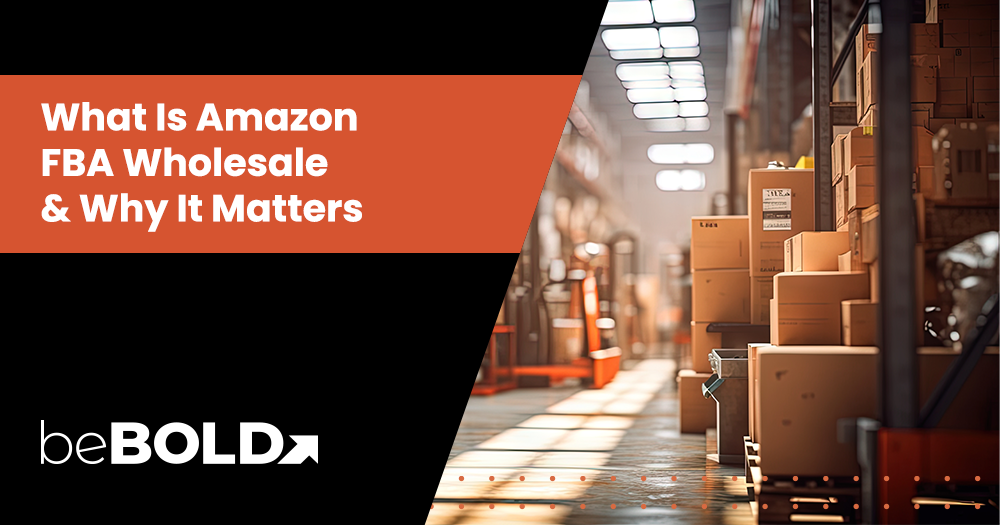


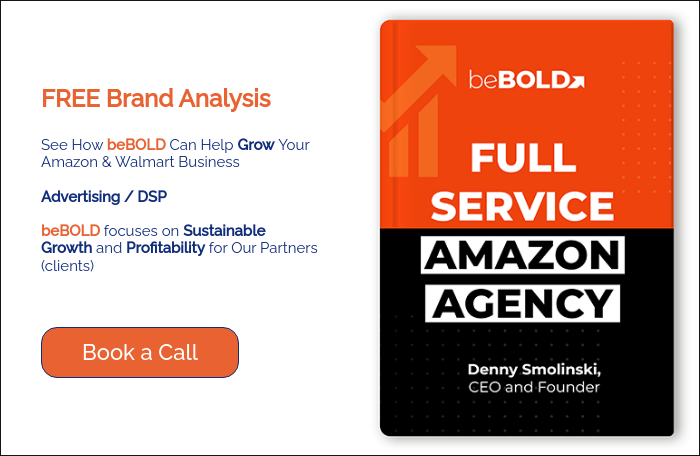


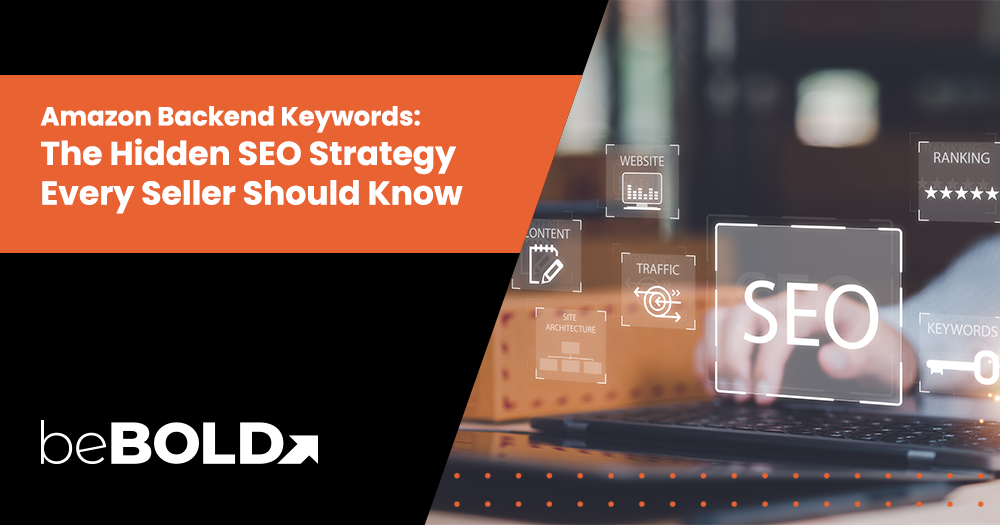
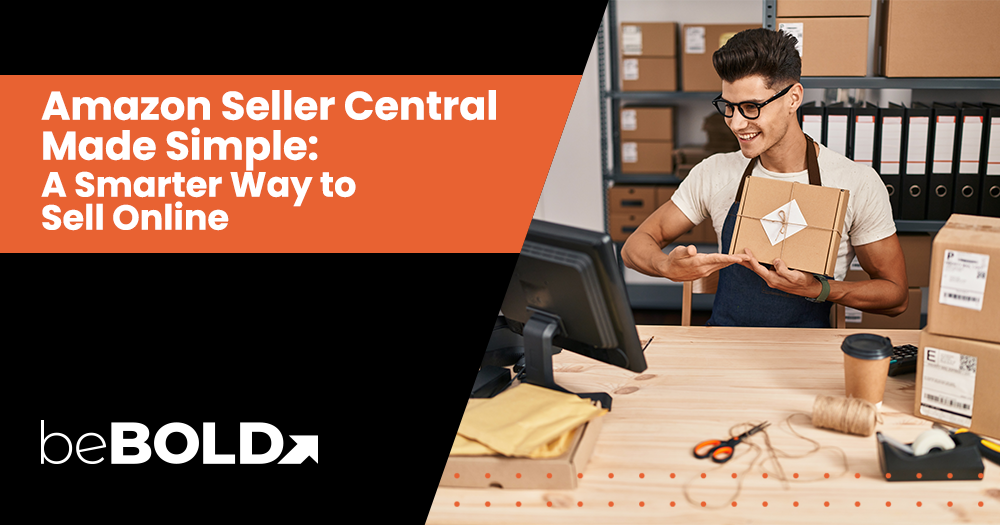
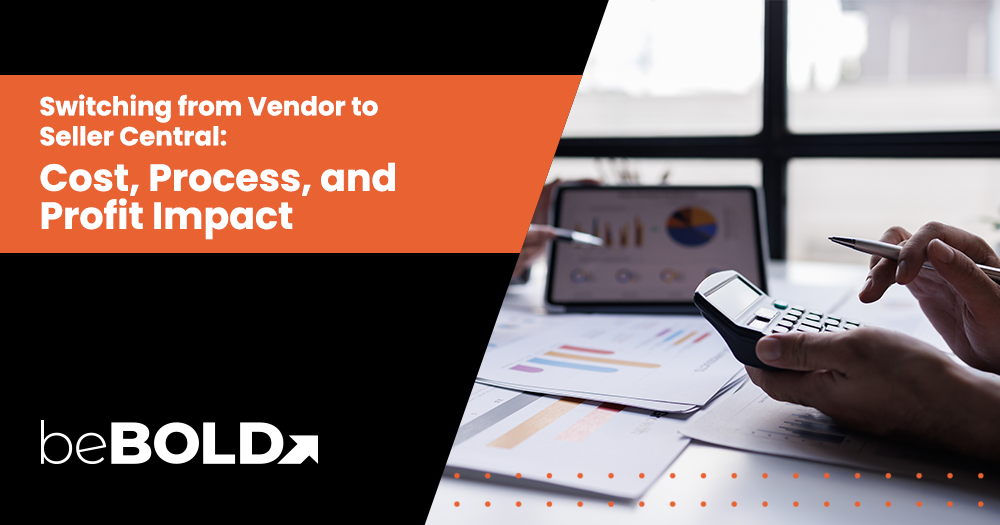
Comments